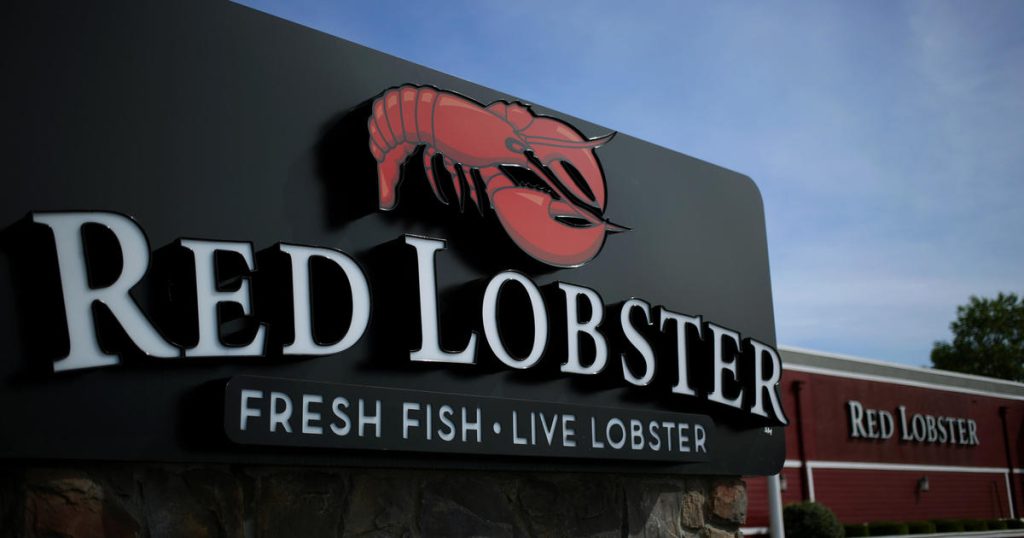Red Lobster, a nationwide restaurant chain known for its affordable seafood and cheddar bay biscuits, has announced that it is filing for Chapter 11 bankruptcy protection and planning to sell “substantially all” of its assets. Despite this, the company stated that its roughly 650 restaurants will remain open and operating during the bankruptcy process. Red Lobster’s CEO, Jonathan Tibus, explained that the restructuring is necessary to address financial and operational challenges and emerge stronger and refocused on growth, with the support of lenders and vendors.
Red Lobster’s roots date back to 1968 when the first restaurant opened in Lakeland, Florida, eventually expanding nationwide to offer crab, shrimp, lobster, and other seafood to customers across the United States. However, the chain has struggled financially for years, with losses increasing in 2023 after expanding its popular all-you-can-eat shrimp deal. Despite surging customer demand, Red Lobster found it difficult to turn a profit while offering large quantities of shellfish at a low price, leading to continued financial challenges. The majority owner of Red Lobster is seafood producer Thai Union, which first invested in the chain in 2016 and announced plans to sell its stake in January due to various financial factors impacting the business.
In May, it was revealed that Red Lobster planned to close approximately 50 of its restaurants, indicating an ongoing struggle to improve financial performance. The decision to file for bankruptcy and sell assets is seen as a necessary step to address these challenges and ensure the company’s future success. Red Lobster’s CEO emphasized that the support from lenders and vendors will help facilitate the sale process efficiently while maintaining focus on employees and guests. The impact of the COVID-19 pandemic, along with other economic factors such as rising material and labor costs, has contributed to Red Lobster’s financial difficulties.
The announcement of Red Lobster’s bankruptcy filing and plans to close restaurants highlights the challenges faced by the restaurant industry, particularly amid the ongoing pandemic and economic uncertainty. The chain’s iconic status as a casual dining destination for seafood lovers has not been enough to shield it from financial struggles, underscoring the need for strategic restructuring to ensure long-term viability. Red Lobster’s decision to sell assets and streamline operations reflects a commitment to addressing financial and operational challenges in order to emerge stronger and refocused on growth in the future.
As Red Lobster navigates the bankruptcy process and works to sell its assets, customers and employees alike will be watching to see how the chain adapts to changing market conditions and positions itself for future success. The restructuring efforts, supported by lenders and vendors, are intended to enable Red Lobster to complete the sale process quickly and efficiently while maintaining operations at its remaining restaurants. Despite the closures and challenges faced by the chain, Red Lobster remains a beloved dining destination for many seafood enthusiasts, with a long history in the restaurant industry that will hopefully continue to evolve and thrive in the years to come.


